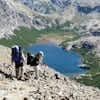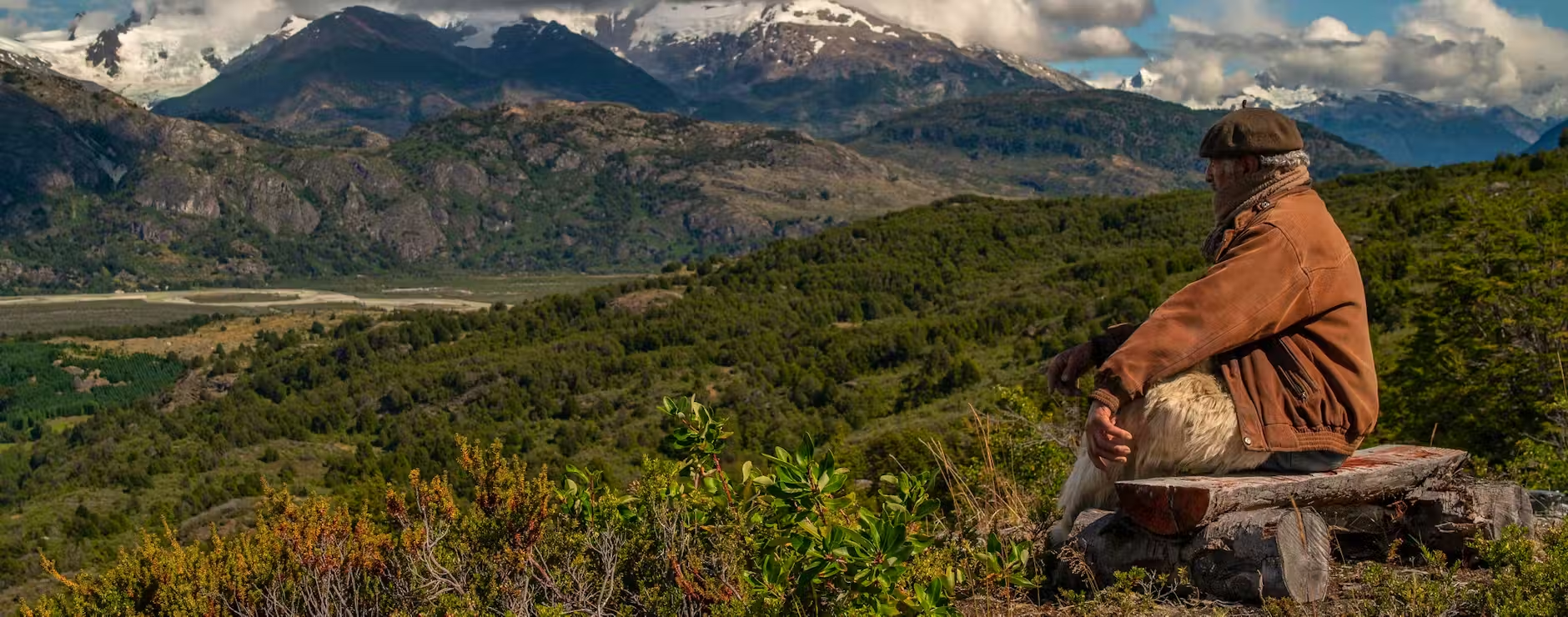Meet the people of Patagonia
Argentina
Who was San Martín?
You will come across streets, squares, towns and lakes all named San Martín, but who was he? José de San Martín was an Argentine general who lead the armies of independence against Spain in Peru, Chile and Argentina in the early 19th century. San Martín is considered a national hero in Argentina and Peru.
Two other names you will see over and over again are: Perito Moreno, an explorer and surveyor who claimed large and previously unknown areas of Patagonia for Argentina; and General Julio Argentino Roca, a controversial Argentine hero who led the Military campaign known as the ‘Conquest of the Desert’ (Patagonia) against the indigenous people of Southern Argentina.
What do the water bottles and flags on the roadside signify?
As you drive through Argentina, you will notice roadside shrines to folk saints – popular semi-pagan saints not recognised by the Catholic Church. People leave different offerings depending on who the shrine is dedicated to, hoping that the saint will intercede on their behalf and perform miracles.
Red flags are left at shrines to Gauchito Gil, a popular Robin Hood-type outlaw who stole from the rich and gave to the poor. He is believed to have performed a miracle before his execution.
Bottles of water are left for the popular folk saint, Difunta Correa. The story goes that she went in search of her husband, who had been conscripted in the Argentine civil war in 1840, but died before she found him. Miraculously, when gauchos found her body, her young baby was alive and suckling at her breast – her first miracle. A shrine was created at Vallecitos where she was found and there are now roadside shrines across the country.

How do Argentinians feel about the Falklands?
The Falkland Islands or Las Malvinas (as they are known in Argentina) lie 250km off Argentina in the Atlantic ocean. Argentinians are brought up with maps on their schoolroom walls showing the Malvinas marked as Argentine territory, and in every town there is a monument that remembers the soldiers lost in the war and states that Argentina will return.
Despite this, Brits travelling in Argentina are unlikely to receive any hostility. Who the Falkland Islands rightfully belong to is very much up for debate.We don’t suggest you have this debate when you are in Argentina – simply acknowledge what an ultimately pointless war it was and the tragic loss of life.

Chile
Who was Bernardo O’Higgins?
You’re more than likely to see at least one street named O’Higgins while exploring Chile, and most likely many more. Why the tribute? Well, Bernardo O’Higgins is considered to be the liberator of Chile from Spanish rule in the early 1800s. In 1817, he led forces with the Argentine general José de San Martín and defeated the Spanish by an impressive crossing of the Andes in a surprise attack.
Although the citizens of Santiago elected San Martín as the new leader of Chile, he stepped down and O’Higgins took his place. He was the first ‘supreme director’ of the newly independent country and organised a new working government during the course of the six years he was in power.

What’s with all the estancias?
Travelling through the vast pampas of Patagonia, you’ll see fences weaving through the landscape, a jumble of barbed wire and wood. These mark the boundaries of the numerous estancias – or ranches – that dot the landscape. Many date back to the 1800s, when Europeans claimed broad swaths of the challenging land to raise sheep and cattle.
The estancias are nothing without their ranchers, who care for the sheep, horses and cows. In the Argentine pampas they are known as gauchos, but in Chile, they are baqueanos. Neither of these terms should be confused with huaso, which refers to ranchers outside of the Magallanes region of Chile.






